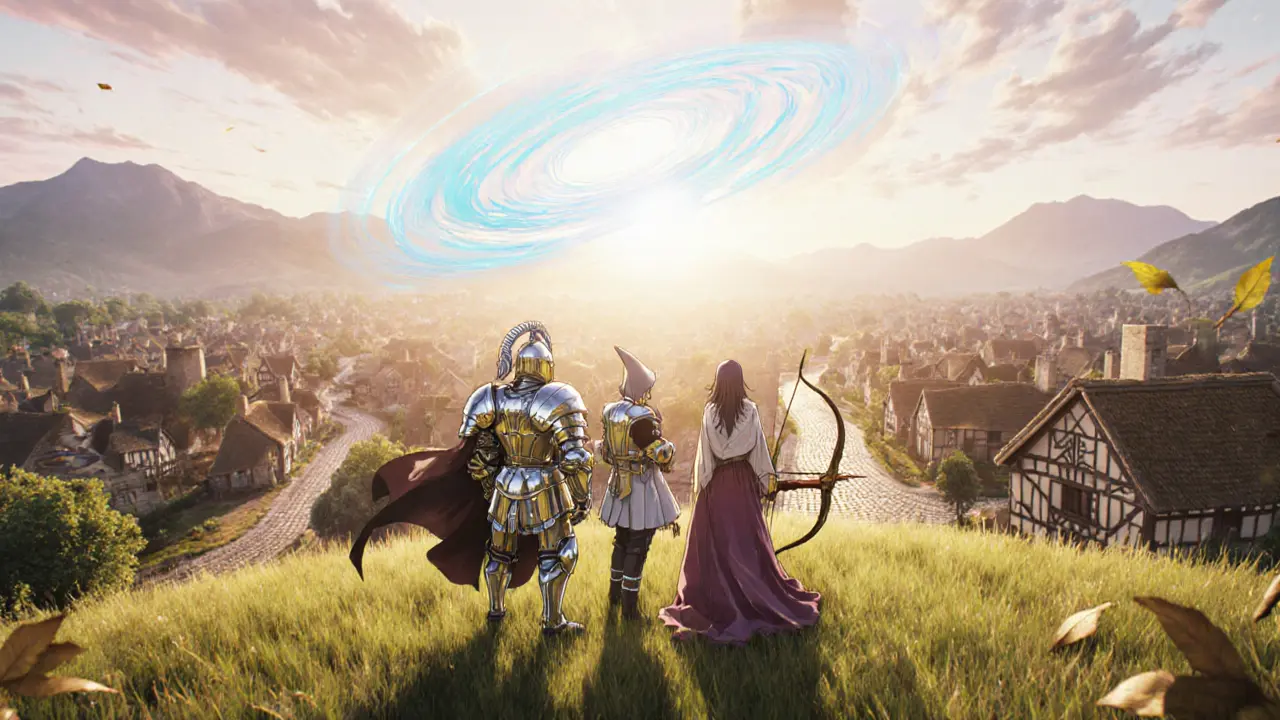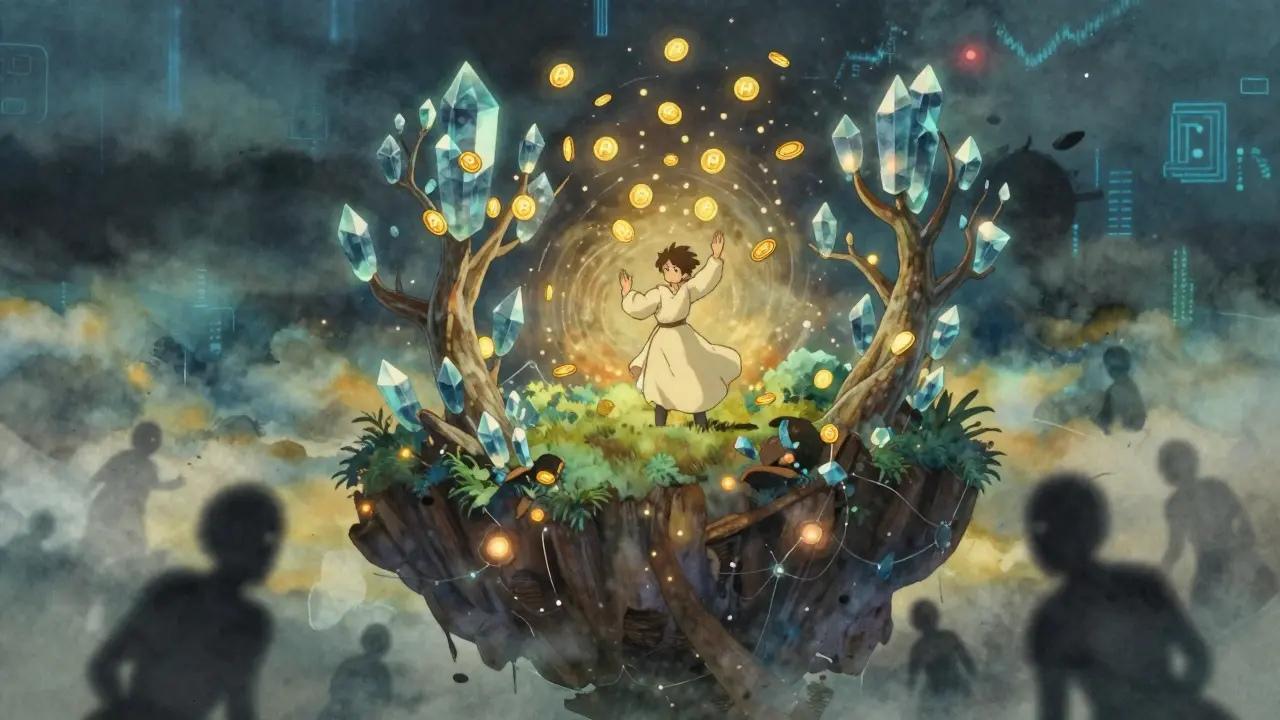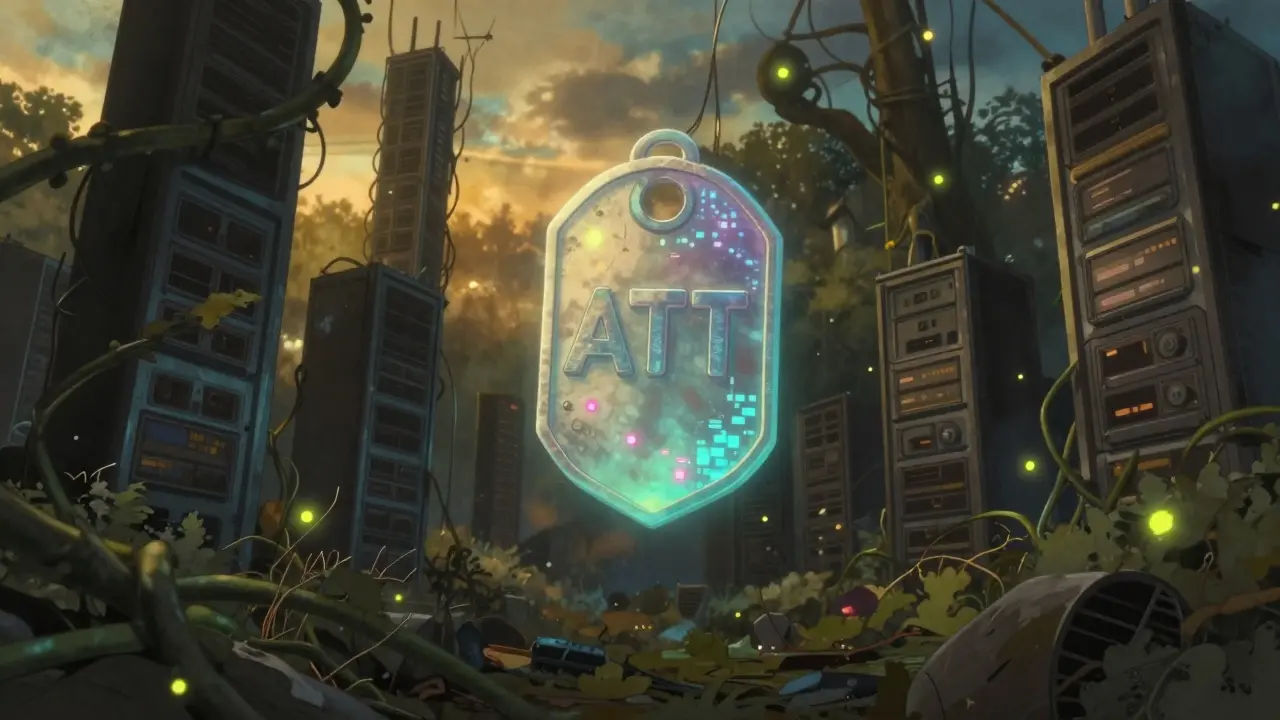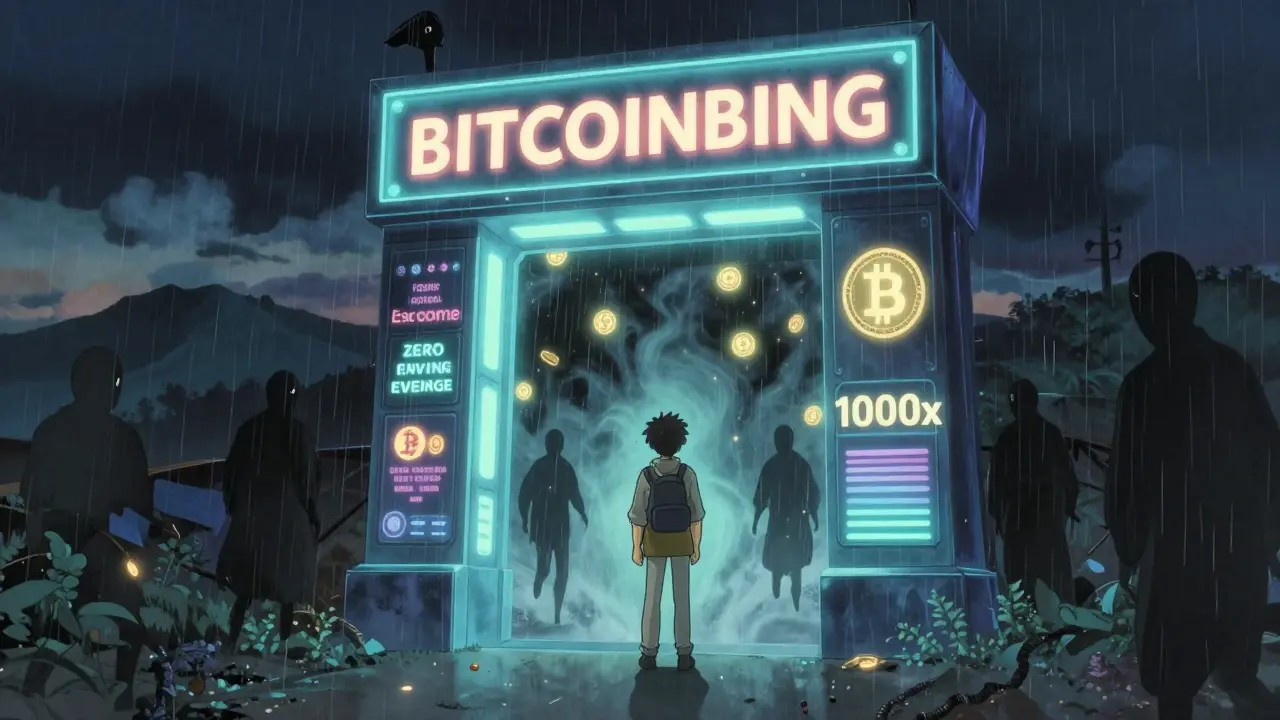NFT Gaming Token
When talking about NFT gaming token, a digital asset that combines non‑fungible tokens with game mechanics to reward players and grant ownership rights. Also called gaming NFT, it sits at the crossroads of blockchain, interactive entertainment, and finance.
One of the biggest drivers behind these tokens is play‑to‑earn, a model where players earn crypto rewards for in‑game actions. This model encompasses token issuance, loot distribution, and secondary market trading, creating a self‑sustaining economy. Another pillar is DAO governance, a decentralized decision‑making framework that lets token holders vote on game updates and tokenomics. DAO governance requires on‑chain voting tools and community participation, shaping how the token evolves over time. Finally, multichain utility, the ability of a token to operate across different blockchain networks gives developers flexibility to reach broader audiences and reduce fees.
Why NFT Gaming Tokens Matter Today
These three concepts—play‑to‑earn, DAO governance, and multichain utility—interact to form a complete ecosystem. Play‑to‑earn influences token demand because higher in‑game earnings attract more buyers. DAO governance influences token stability by giving the community a say in supply adjustments. Multichain utility enables seamless asset movement, lowering barriers for players who prefer Ethereum, Polygon, or other layers. The result is a dynamic loop: players earn, vote, and migrate, keeping the token alive without a central authority.
From an investor’s view, the token’s value hinges on three attributes: its in‑game utility (how often it’s needed to play or upgrade), its governance activity (how many proposals pass and affect supply), and its cross‑chain bridges (how smooth the transfer experience is). Projects that nail all three tend to show higher volume and lower volatility, while those missing one often stall. That’s why you’ll see guides breaking down tokenomics, bridge security, and community metrics side by side.
Our collection below mirrors this structure. You’ll find a deep dive into the JEFE token, which showcases a multichain gaming utility and DAO model. Another piece explains ExchangeCoin’s hybrid PoW/PoS design—useful for understanding how token economics can differ across chains. We also cover stablecoins, cross‑chain bridges, and blockchain insurance, because every facet touches the broader picture of how NFT gaming tokens operate in a connected crypto world.
Whether you’re a gamer curious about earning real value, a developer hunting the right token standard, or an investor sizing up risk, the articles that follow give you concrete data, risk checks, and actionable steps. Dive in to see how each token fits the play‑to‑earn‑DAO‑multichain framework, and pick the insights that match your goals.






